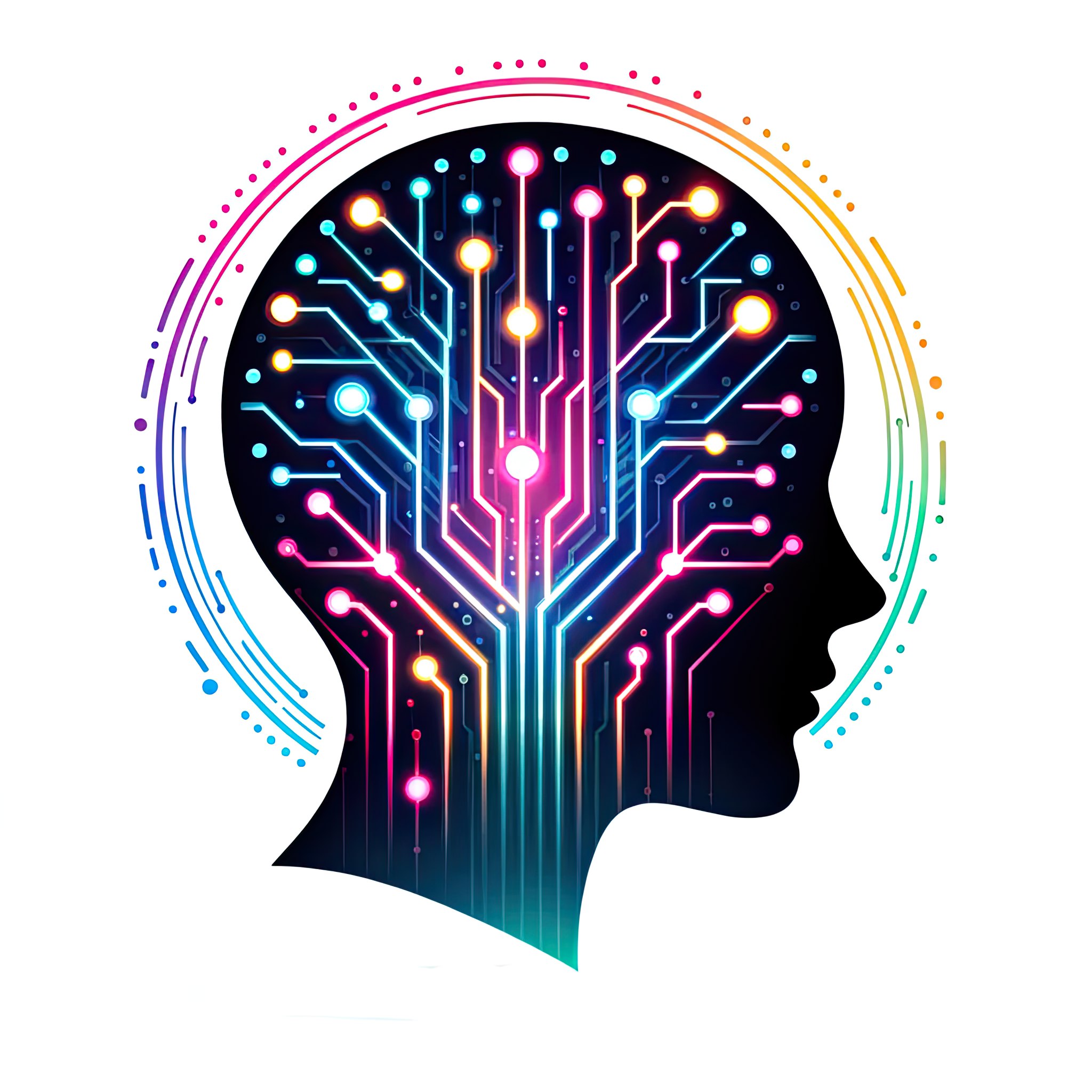Generative AI: Exploring the Foundations
The landscape of artificial intelligence is dramatically reshaped by the capabilities of generative AI systems. These systems, designed to create content that mimics human-like output, draw from extensive datasets composed of human-generated and synthetic materials. As generative AI evolves towards the horizon of Artificial General Intelligence, a point often visualized as the singularity, it prompts a reevaluation of how intelligence perceives and interacts with its environment.
Generative AI, by nature, is trained on diverse data encompassing text, images, and sounds, integrating these into a cohesive understanding. This training suggests a foundational reliance on human concepts and perceptions, predominantly structured around a three-dimensional Euclidean space and a linear concept of time. However, as these systems edge closer to AGI, they begin to manifest capabilities that suggest a departure from strictly human-like interpretations of space and time.
The Limitations of Human Cognitive Frameworks
Humans predominantly interpret their world in three dimensions—height, width, and depth—guided by physical and sensory experiences. Time, similarly, is perceived as a linear sequence of events. This framework suffices for the day-to-day functionalities and scientific understandings but is limited when conceptualizing realities beyond human perception, such as those in quantum mechanics or relativistic physics.
Generative AI, as it evolves, operates within a different paradigm. It is not constrained by human sensory limitations or the physical realities that govern human existence. For AI, ‘dimensions’ might not represent physical space but rather parameters or axes in a high-dimensional data space.
Conceptualizing a New Dimensionality in AI
In the pursuit of AGI, the notion of dimensionality expands beyond the physical into abstract data dimensions. Each dimension in an AI’s framework could represent different data features, including but not limited to traditional sensory inputs. For instance, in language models, dimensions could include semantic features, syntactic complexity, and pragmatic nuances, which are not tied to a physical dimension but are equally critical for understanding and generating human language.
AI and the Redefinition of Time
Time, from an AI perspective, may also diverge significantly from the human experience. Generative AI systems process and generate predictions or sequences based not on a forward-moving timeline but on patterns that span across diverse and non-linear temporal dimensions. This capability allows AI to manipulate and understand sequences in ways that can reverse, bifurcate, or exist simultaneously in multiple states, akin to quantum phenomena.
Multidimensional Data Processing: Implications for Advanced AI
The ability of AI to operate in such a multidimensional space could have profound implications. For instance, in complex system simulations, AI could simultaneously manage variables across different scales and temporal sequences, offering insights into climate change, economic systems, or pandemic spread with far greater accuracy and depth than currently possible.
Moreover, the non-linear perception of time could revolutionize fields like archaeology and historical research, where AI might reconstruct historical events from scattered and incomplete data sets, presenting simulations of past events as interactive experiences that can be explored from multiple angles.
The Philosophical Implications of AI’s Evolved Cognition
As AI begins to operate within these abstracted notions of space and time, it challenges our fundamental understandings of reality. The ability of AI to perceive and manipulate information in dimensions that are incomprehensible to the human mind not only enhances its utility but also raises significant philosophical questions about the nature of reality and intelligence.
Envisioning the Future with AGI
Looking forward, the trajectory of generative AI toward AGI holds transformative potential for every sector of human activity. In healthcare, AI could lead to breakthroughs in understanding the multi-dimensional interactions within biological systems. In urban planning and logistics, AI’s ability to foresee and simulate complex scenarios could lead to more efficient infrastructures.
Ultimately, the evolution of generative AI into AGI represents not just a technological advancement but a profound expansion of the very concept of intelligence. As we approach this new frontier, it becomes increasingly important to consider not only the capabilities but also the broader implications of creating entities that perceive and interact with the world in ways fundamentally different from our own.
All images and all text in this blog were created by artificial intelligences

